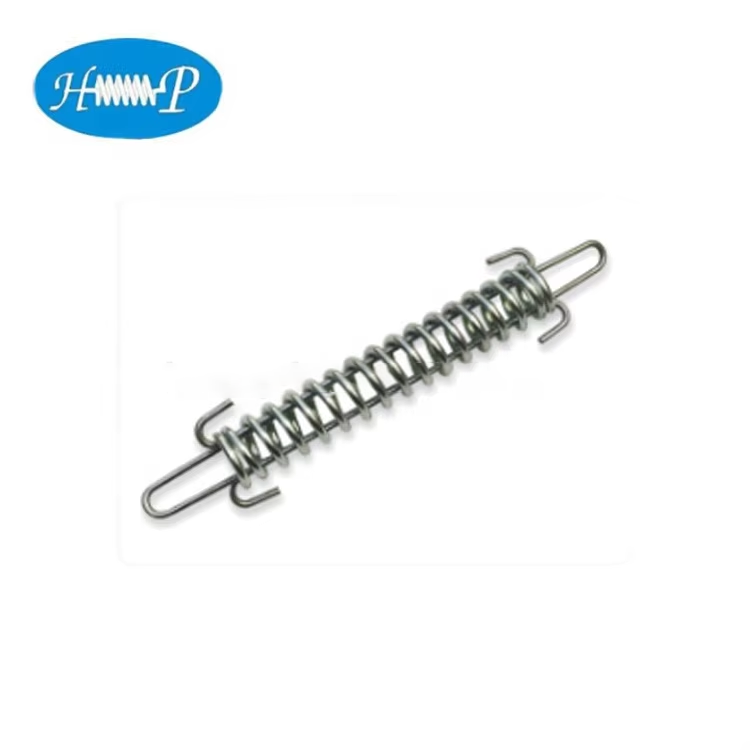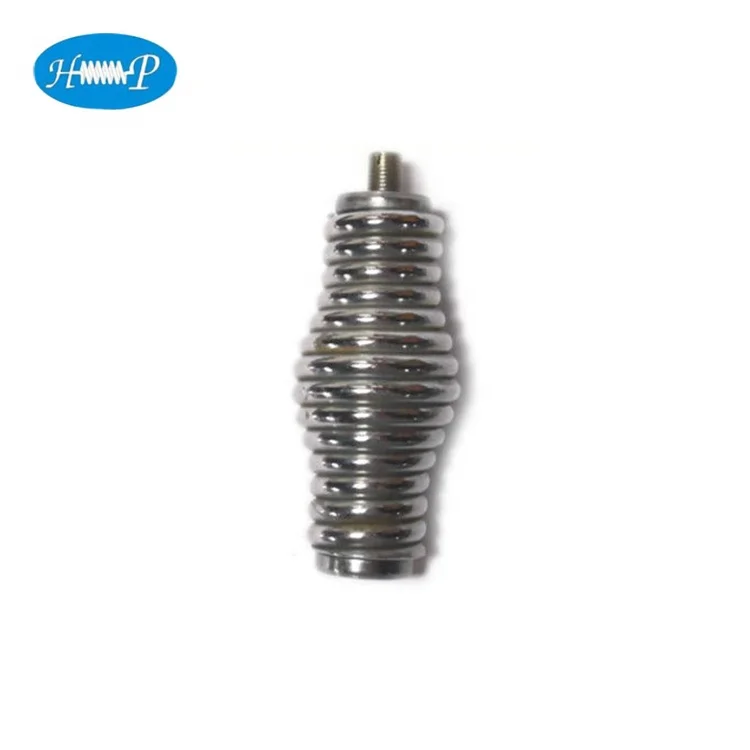Single Torsion Spring is a spring that works by twisting. We use such springs in countless times day after day, often unbeknownst to us. Single Torsion Springs – Learning About How They Work In Machines
The twisted spring is formed from one metal coil. When you twist the spring, you’re storing energy in it in the same way that a rubber band stores energy when you stretch it. This energy can be discharged when the spring is untwisted as a force termed torque.
Torsion springs are typically utilized in machines in which an amount of static torque is required to be applied. The spring, for instance, is coiled when you set a mousetrap. When the trap is set off, the spring twists back in the opposite direction and adds speed to the closing of the trap.

There are several reasons why simple torsion springs are used in mechanisms. They’re tiny but high in energy density, so they’re awesome for miniature gadgets. They are strong, as well, and good for a long life, meaning that when they are twisted and untwisted, they supply consistent torque.

Single torsion springs may be seen around us in common things. In door hinges they are frequently used to aid in closing doors. You can also find them in toys (such as wind-up cars or airplanes), where they make the toy go.

When you're making a one revolution torsion spring, there is a really important thought. The spring’s size and material determine how much energy it can store and how much torque it can provide. The spring’s coil count also makes a difference. More coils generally leads to more torque.